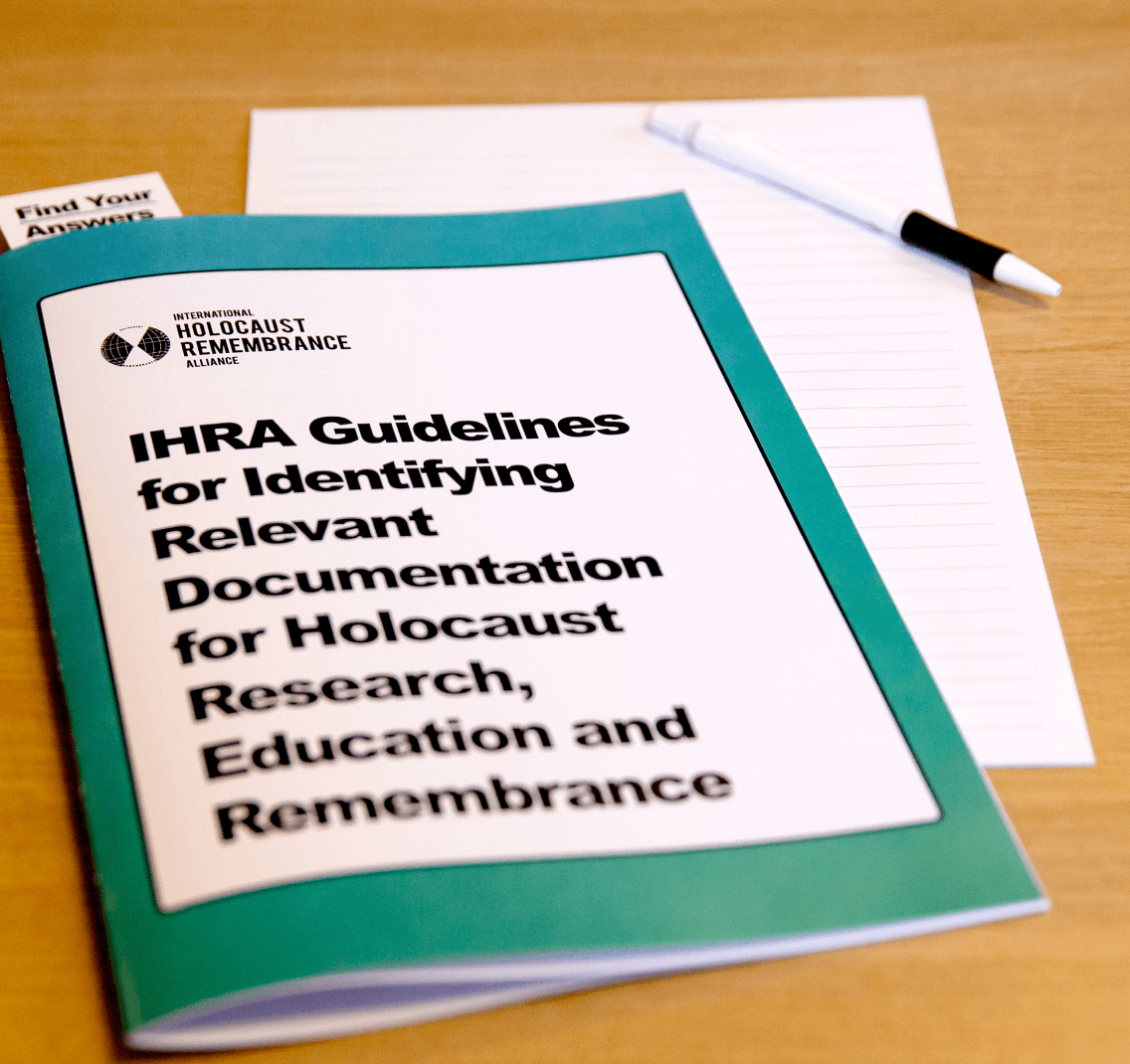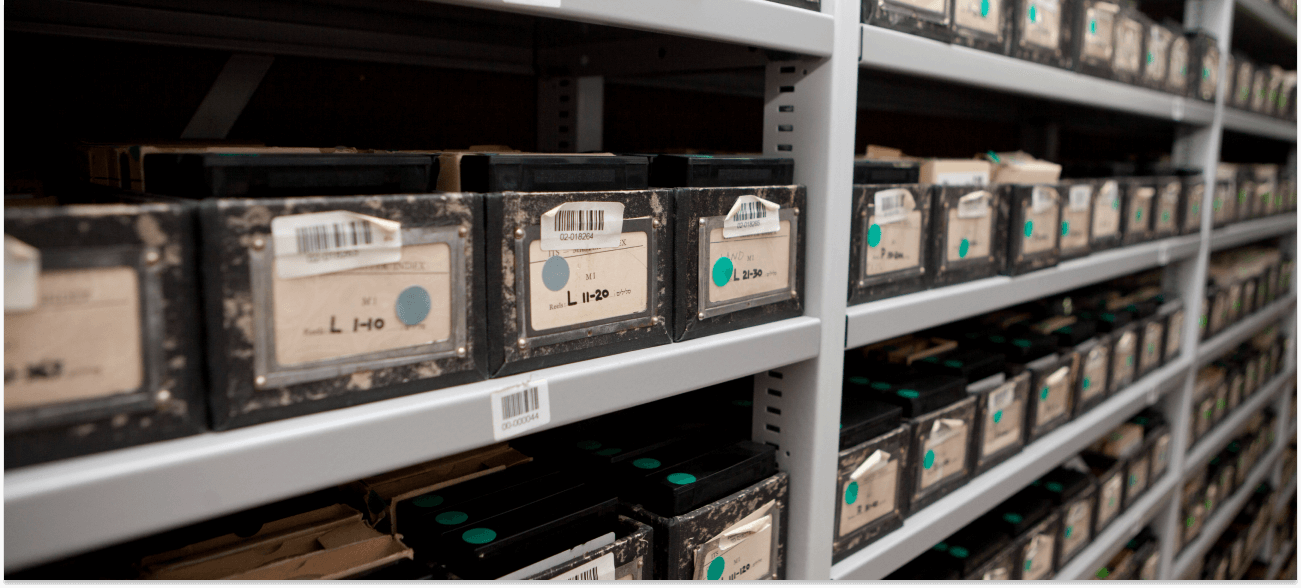
Guidelines for Identifying Relevant Documentation for Holocaust Research, Education, and Remembrance
Access to Holocaust-related material helps societies deal openly and accurately with the past. But when is a document relevant for Holocaust research? This tool offers archivists clearer guidance on how to answer this complex question.
These guidelines offer a single tool for identifying relevant documentation for Holocaust research, remembrance and education. It will help archives and other bodies assess their collections and allow access for research. It also contains helpful guidance for countries that are subject to the GDPR.
This resource includes:
- The IHRA Working Definition of Holocaust-related materials
- Guidelines for identifying relevant documentation for Holocaust research, education and remembrance

Sign up to our newsletter to
receive the latest updates
By signing up to the IHRA newsletter, you agree to our Privacy Policy


